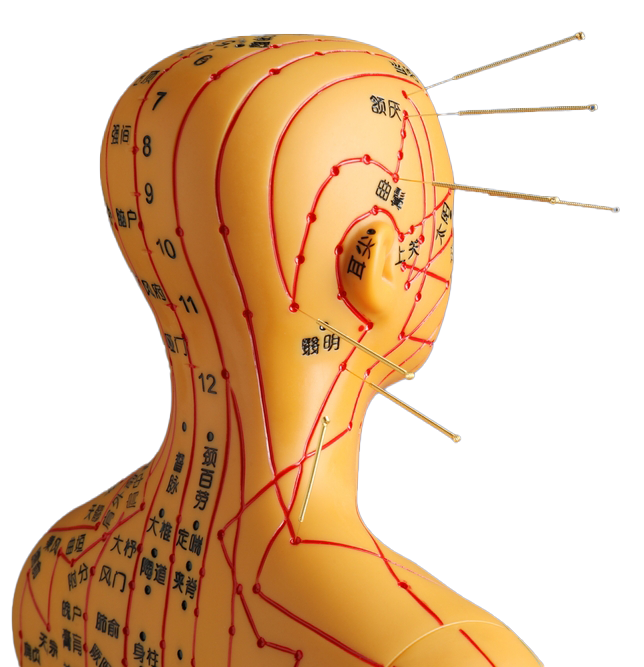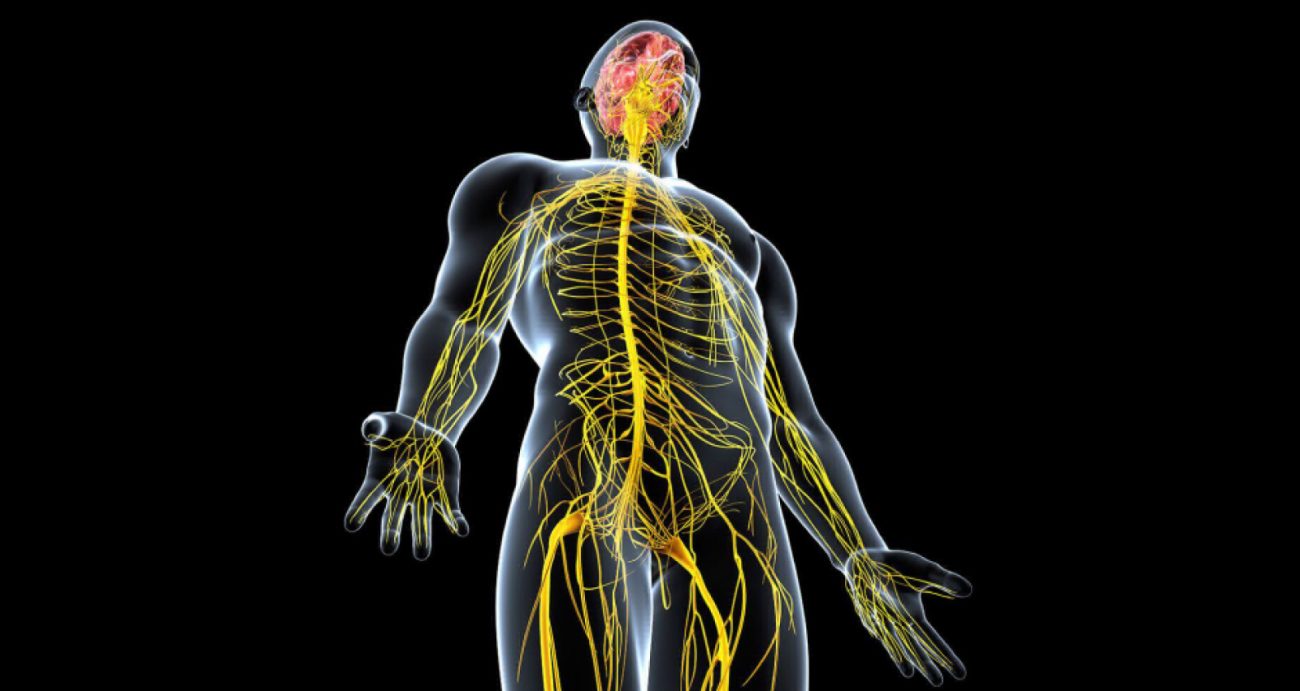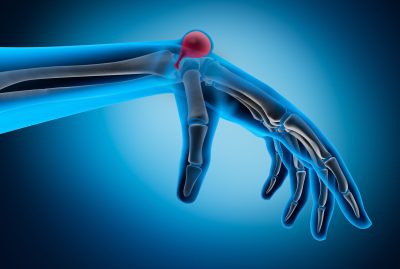- Facet joint Radiofrequency Thermocoagulation (RFT) Treatment
- Radiofrequency Thermocoagulation Dorsal root ganglion (DRG) radiofrequency thermocoagulation (RFT)
- Discitis Procedure
- Sacroiliac Joint Radiofrequency Treatment (Simplicity)
- In-Disc Ozone Therapy
- Nucleoplasty
- Transforaminal Injection (Pinpoint)
- Facet joint block
- Epidural Injection
Peripheral Nerve Block
Contents
Toggle- Creating an individualised treatment plan
- The role of different specialities (physiotherapist, orthopaedist, psychologist, neurosurgeon)
- Pain treatment during pregnancy
- Treatment of chronic pain in the elderly
- Pain management in children
- Stress management
- Healthy eating
- Ergonomic living arrangements
- Exercise and mobility
- Facet joint Radiofrequency Thermocoagulation (RFT) Treatment
- Radiofrequency Thermocoagulation Dorsal root ganglion (DRG) radiofrequency thermocoagulation (RFT)
- Discitis Procedure
- Sacroiliac Joint Radiofrequency Treatment (Simplicity)
- In-Disc Ozone Therapy
- Nucleoplasty
- Transforaminal Injection (Pinpoint)
- Facet joint block
- Epidural Injection
- Cancer pain
- Permanent Epidural / Spinal Port Application
- Vascular Port (Permanent Vascular Access)
- Trigeminal Nerve RFT
- Blockade of Ganglion Stellatum
- Lumbar Sympathetic Ablation
- Facet joint Radiofrequency Thermocoagulation (RFT) Treatment
- Radiofrequency Thermocoagulation Dorsal root ganglion (DRG) radiofrequency thermocoagulation (RFT)
- Hernia Burning (IDET)
- Discitis Procedure
- Sacroiliac Joint Radiofrequency Treatment (Simplicity)
- Permanent Epidural / Spinal Port - Pump System
- In-Disc Ozone Therapy
- Nucleoplasty
- Peripheral Nerve Block
- Transforaminal Injection (Pinpoint)
- Facet joint block
- Epidural Injection
- Intra-articular Fluid Treatment
- Dorsal root ganglion (DRG) radiofrequency thermocoagulation (RFT)
- Spinal cord stimulation (pain pacemaker)
- Ergonomic living arrangements
- Spinal cord stimulation (pain pacemaker)
- Nucleoplasty
- Radiofrequency ablation
- Herbal solutions
- Dry needle treatment
- Anti-ageing treatments
- Ozone therapy
- Cupping therapy - Cupping
- Mesotherapy
- Prolotherapy
- Acupuncture
- Stem Cell Therapy
- Nerve blockages
- Corticosteroid injections
- Massage and relaxation techniques
- Manual therapy
- Electrotherapy
- Neuropathic pain medications
- Anti-inflammatory drugs
- Muscle relaxants
- Painkillers (paracetamol, ibuprofen, etc.)
Peripheral Nerve Blockis the process of blocking the sensation of pain by injecting a local anaesthetic drug around a specific nerve or nerve group. This method is used to control pain during and after surgery, in the treatment of chronic pain or for diagnostic purposes. Peripheral nerve block is widely used in modern medicine, especially as a targeted and effective pain control method.
What is Peripheral Nerve Block?
Peripheral nerve block allows pain to be blocked in a specific body area by applying local anaesthetic or analgesic drugs around the targeted nerve. This method can be used as an alternative to general anaesthesia and usually controls pain with fewer side effects.
Areas of Use
- Surgical Procedures:
- Orthopaedic surgeries (arm, leg, hand, shoulder surgery)
- Abdominal or groin surgery
- Postoperative Pain Management:
- It provides faster recovery and less opioid requirement.
- Chronic Pain Treatment:
- Lumbar hernia, sciatica pain, neuropathic pain.
- Diagnostic Objectives:
- To determine the source of pain.
- Trauma and Emergencies:
- Reducing pain in bone fractures or other traumas.
How is it done?
- Evaluation:
- The patient's general health condition, allergies and the area to be applied are evaluated.
- Preparation:
- The area is sterilised and the patient is positioned in the appropriate position.
- Imaging Assistance:
- The nerve is found using ultrasound or a nerve stimulator.
- Drug Injection:
- The local anaesthetic is carefully injected around the nerve.
- Tracking:
- The effect of the procedure is monitored and, if necessary, additional medication is administered.
Advantages
- Targeted Pain Control: Provides effective anaesthesia in a specific area.
- Reduces Opioid Use: It helps to avoid the side effects of opioids.
- Fewer Systemic Side Effects: It causes less stress on the body than general anaesthesia.
- Fast Recovery: It accelerates healing especially in the postoperative period.
- Patient Comfort: Reduced pain sensation improves the patient's quality of life.
Commonly Used Nerve Block Types
- Brachial Plexus Block:
- Used in arm, hand or shoulder surgeries.
- Femoral nerve block:
- It is an effective method in knee and thigh surgeries.
- Sciatic nerve block:
- It is preferred in leg and foot surgeries.
- Intercostal Nerve Block:
- It is used in thoracic surgery or rib fractures.
- Popliteal Nerve Block:
- It is applied for foot and ankle surgery.
Risks and Side Effects
- Infection: Risk of infection in the treated area.
- Nerve Damage In very rare cases, nerve injury may occur.
- Haemorrhage or haematoma: Especially in patients taking blood thinners.
- Allergic Reaction: Against the anaesthetic drugs used.
- Temporary numbness or weakness: In the area where the block was applied.
What should be considered afterwards?
- The treated area should not be forced until the numbness disappears.
- Drugs recommended by the doctor should be used for pain control.
- If there are signs of infection (redness, swelling, fever), consult a doctor.
Benefits of Peripheral Nerve Block
Peripheral nerve block is an effective and safe method with a high success rate when applied correctly. It is preferred by both patients and healthcare professionals because it reduces postoperative pain and accelerates the healing process. However, since each patient's condition is different, the applicability of this method should be discussed with a specialist physician.





